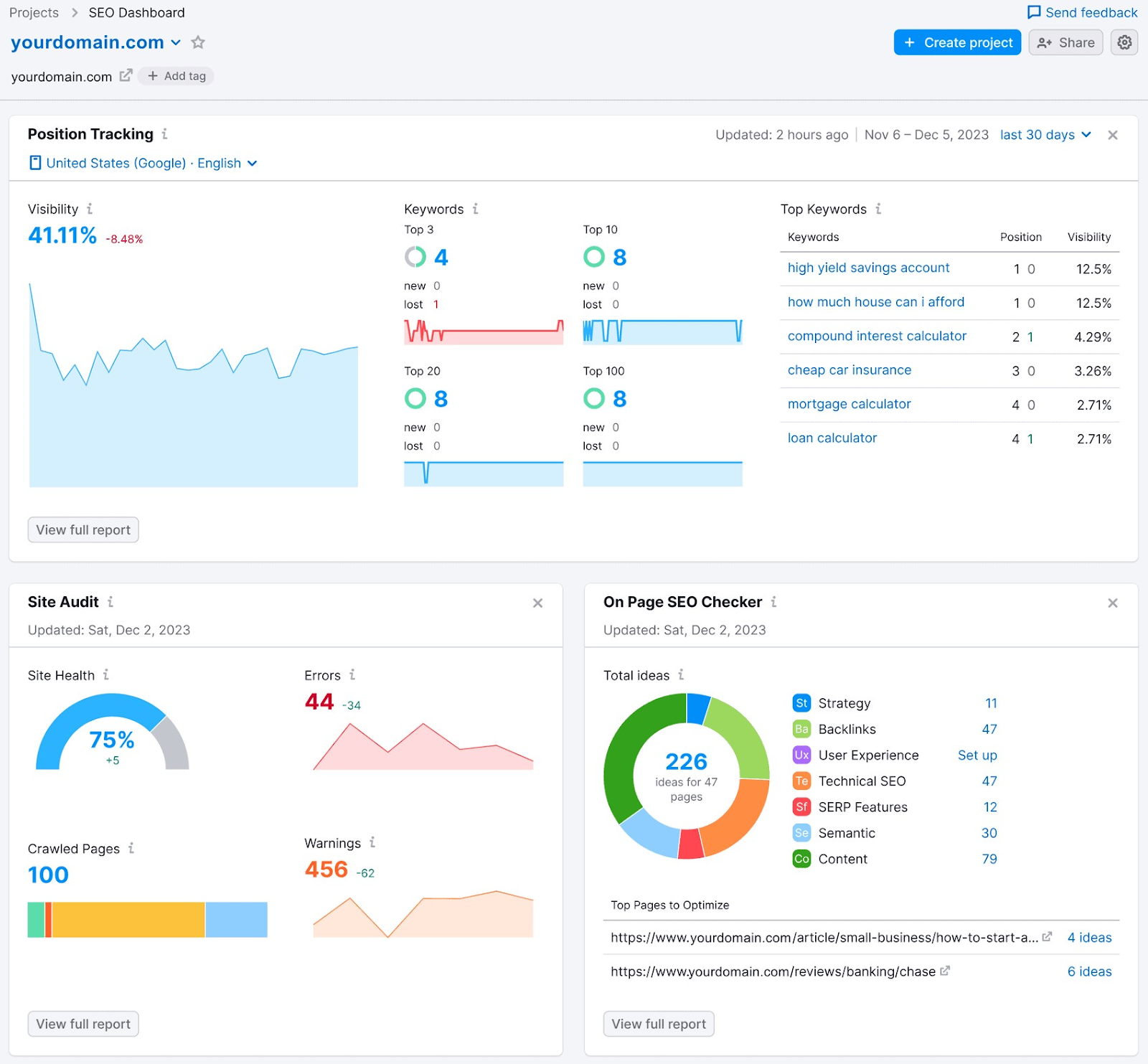Understanding What Data Google Analytics Prohibits Collecting: Insights for Web Site Owners
Understanding What Data Google Analytics Prohibits Collecting: Insights for Web Site Owners
Blog Article
The Effect of Google Analytics on Internet Site Optimization and Performance Metrics
In the world of electronic advertising and marketing, the utilization of Google Analytics has become synonymous with refining site performance and optimizing essential metrics. As we navigate through the intricate web of website optimization and performance metrics, the profound impact of Google Analytics proceeds to form the electronic landscape, supplying vital insights that transcend traditional techniques.
Monitoring Visitor Behavior
Tracking visitor actions is crucial for recognizing user involvement and maximizing internet site efficiency. By using tools like Google Analytics, web site owners can gain valuable understandings right into exactly how site visitors communicate with their site. This data permits a deeper understanding of user choices, actions, and the efficiency of various internet site components.
Analyzing site visitor behavior gives critical info on which pages are most preferred, the length of time individuals stay on the website, and where they tend to hand over. With this info, internet site proprietors can make informed choices on content positioning, design renovations, and overall customer experience enhancements.
In addition, tracking visitor actions allows the recognition of patterns with time. By checking metrics such as bounce rate, conversion rate, and typical session period, web site proprietors can evaluate the influence of changes made to the website and tailor methods to much better engage site visitors.
Essentially, tracking visitor actions with devices like Google Analytics is not just regarding making use of but accumulating information that data to maximize site efficiency, enhance customer experience, and eventually attain service objectives. - what data does google analytics prohibit collecting

Analyzing Web Traffic Sources
Analyzing the sources of website traffic to an internet site is critical for understanding where visitors are coming from and just how they are uncovering the site. By making use of tools like Google Analytics, internet site owners can obtain useful understandings into the performance of their advertising and marketing initiatives and the behavior of their target market. The web traffic sources can be classified right into a number of main networks, including straight traffic (individuals that check out the website directly), natural search (visitors that find the site via internet search engine), recommendation website traffic (customers directed to the website from external links), social media sites web traffic (site visitors from social platforms), and paid marketing (customers who clicked on paid advertisements)
Understanding the circulation of traffic across these various networks allows internet site owners to make educated choices about their advertising and marketing strategies. If a substantial section of web traffic comes from natural search, concentrating on search engine optimization (SEO) efforts might additionally boost visibility. Conversely, if social networks networks drive marginal website traffic, reallocating resources towards even more rewarding methods might be necessary. By analyzing traffic sources, site owners can optimize their advertising mix and enhance overall site performance.
Enhancing Material Performance
To make the most of the influence of site web content, optimizing its efficiency is essential for drawing in and involving visitors efficiently. By making use of Google Analytics, site proprietors can obtain important understandings right into how individuals engage with their content, including which pages are most seen, how long visitors remain on each web page, and what actions they take after seeing the material.
In Addition, Google Analytics provides data on bounce rates, which can indicate whether the content is engaging enough to retain visitors on the site. By analyzing this information, site owners can determine areas for improvement and make data-driven decisions to enhance the overall efficiency of their web content. In addition, tracking metrics such as conversion prices and click-through prices can assist determine the efficiency of phone call to action within the content, allowing for further optimization to drive wanted activities from site visitors. By constantly keeping an eye on and fine-tuning content performance based upon understandings from Google Analytics, site owners can develop an extra appealing and easy to use experience for their target market.

Improving Individual Experience
Enhancing individual experience on that site a site is vital for cultivating favorable communications and raising site visitor interaction. To enhance user experience, site owners can utilize Google Analytics to gain valuable understandings right into individual habits. By evaluating metrics such as bounce rate, average session period, and web pages per session, web site managers can identify areas that require improvement. Comprehending how users browse with the site helps in maximizing design, material placement, and total website structure to make it more instinctive and easy to use.
Furthermore, A/B screening attributes in Google Analytics enable site proprietors to experiment with various formats, content variations, and calls to action to identify what reverberates finest with customers. Inevitably, by leveraging Google Analytics insights to improve user experience, sites can boost involvement, drive conversions, and inevitably attain their organization objectives.
Boosting Conversions
By leveraging data-driven insights from Google Analytics, site owners can substantially boost their approaches to enhance conversion prices properly. Recognizing customer actions via metrics such as conversion funnels, objective conclusions, and ecommerce tracking enables companies to pinpoint areas for improvement. A/B screening various components on a web page, such as call-to-action buttons or form layouts, based upon information from Google Analytics can cause considerable boosts in conversion rates.
Furthermore, making use of Google Analytics to assess web traffic sources can help businesses allot sources efficiently (what look at this website data does google analytics prohibit collecting). By identifying which networks drive one of the most conversions, whether it's organic search, paid advertising, or social media sites, business can enhance their marketing initiatives for maximum influence
Additionally, tracking individual engagement metrics like bounce price, typical session period, and pages per session can offer beneficial insights into exactly how visitors connect with a web site. By improving these metrics via data-driven techniques, organizations can produce a more engaging user experience that inevitably results in greater conversion rates.
Verdict
In conclusion, Google Analytics plays a crucial function in optimizing web site efficiency by tracking visitor actions, evaluating website traffic sources, improving material performance, boosting individual experience, and enhancing conversions. By utilizing the information given by this tool, web site owners can make educated choices to boost their overall online existence and achieve their goals. It is necessary for businesses to take advantage of Google Analytics to continually keep track of and change their approaches for maximum efficiency.
By assessing website traffic resources, internet site owners can optimize their advertising mix and boost total website performance.
By using Google Analytics, web site proprietors can obtain valuable insights into exactly how individuals engage with their web content, consisting of which web pages are most visited, how long visitors stay on each page, and what actions they take after seeing the material. (what data does google analytics prohibit collecting)
To enhance individual experience, web site proprietors can use Google Analytics to get useful understandings right into individual habits. Furthermore, A/B testing functions in Google Analytics look these up allow site owners to experiment with different layouts, content variants, and calls to activity to identify what resonates finest with users.In conclusion, Google Analytics plays an essential role in optimizing website efficiency by tracking site visitor habits, evaluating traffic resources, boosting material performance, improving customer experience, and improving conversions.
Report this page